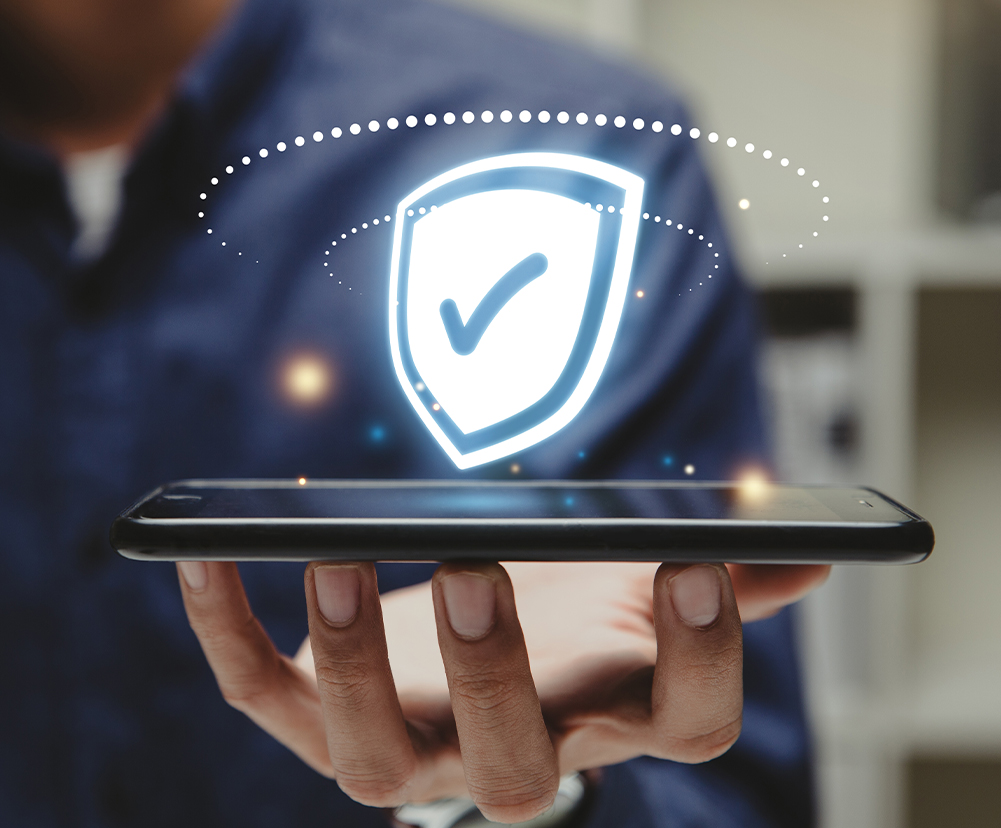
Menu
In an era where cyber threats continue to evolve in sophistication and frequency, traditional cybersecurity models are proving inadequate to safeguard sensitive data and critical systems. The concept of Zero Trust has emerged as a paradigm shift in cybersecurity strategy, challenging the traditional perimeter-based security approach. This blog explores the principles of Zero Trust and delves into its implications for cybersecurity organizations.


Zero Trust is not merely a technology but a holistic cybersecurity framework that operates under the assumption that threats may exist both outside and inside the network. Unlike the conventional castle-and-moat model, where once inside the perimeter, users and devices are implicitly trusted, Zero Trust advocates for the continuous verification and validation of every user, device, and application attempting to access resources.

Zero Trust Architecture (ZTA) and Strategy involve the application of zero-trust principles in designing the infrastructure and workflows of both industrial and enterprise settings. This methodology is gaining significance in light of the prevalent adoption of hybrid and remote work models, the utilization of diverse cloud environments, and the escalating threats posed by phishing, stolen credentials, and ransomware. In the current landscape, organizations are increasingly embracing the “Zero-Trust” strategy as a crucial measure to safeguard their data and systems. Regardless of their size or sector, implementing Zero Trust is imperative for the security of any business.
Illustrative strategy to make Zero Trust achievable:
Achieving Zero Trust Security Goals involves aligning with CISA’s five pillars:
Implement enterprise-managed identities tied to job responsibilities. Verify identities at each log-on, collect metadata, and ensure phishing-resistant Multi-Factor Authentication at the application layer. Separate Authorization from Authentication, utilizing distinct controls.

Maintain a comprehensive asset inventory in accordance with Executive Order 14028. Align endpoint detection with CISA specifications and collaborate to identify coverage gaps.

Comply with EO 14028 by transitioning to encrypted DNS, http, and email. Collaborate with CISA to adopt standards for encrypted DNS requests and https implementation, even for internal traffic.

Establish an inventory of applications and devices. Ensure internet accessibility for applications in a secure and scalable manner.

Disperse datasets with intermediate datasets supporting primary ones. Form a working group to create a data security guide for mandatory compliance by agencies or enterprises.

To achieve and measure the success of the Zero Trust Model, we can briefly follow the steps outlined below and use them as checkpoints for implementation.
1- Leadership Alignment and Communication:
Align leadership with the principles of Zero Trust, ensuring they understand the benefits and required resources. Transparently communicate with employees, building trust, and explaining the significance of Zero Trust adoption.
2- Leadership Support and Buy-In:
Secure executive support and alignment on Zero Trust goals, emphasizing its role in enhancing security and business agility. Executive buy-in sets the tone for overcoming resistance and driving successful implementation.
3- Skill Development and Training:
Develop employees’ skills and knowledge to implement Zero Trust, providing training opportunities. Ensure staff understands the principles and can respond effectively to security events.
4- Organizational Structure and Roles:
Establish an effective organizational structure, including a Cloud Center of Excellence (CCoE). Modify security operations and assign roles for vulnerability management, incident response, and security monitoring.
5- Risk Management, Governance, and Change Control:
Implement effective risk management processes aligned with Zero Trust principles. Establish change control methods to ensure compliance. Regularly monitor key performance indicators (KPIs) and foster a culture of continuous improvement.
By addressing these key aspects, organizations can lay the groundwork for a successful implementation of Zero Trust and continuously enhance their security posture.
Effective security initially yields positive business outcomes, subsequently enhancing the security posture. When evaluating outcomes, our focus revolves around facilitating business operations, managing risks, and improving operational efficiency.
Organizations advancing their zero-trust initiatives are doing so to support digital transformation, modernize the workforce, and adopt hybrid cloud infrastructure. We have observed measurable enhancements in the security function’s ability to align with business needs, adapt to external challenges, and instill a security-centric culture.
Specifically regarding security, organizations progressing in their zero-trust maturity are only half as likely to report security incidents, experiencing a noteworthy decrease from 67% to 33%. The likelihood of incidents across various categories, including data breaches, DDoS attacks, accidental disclosures, or malicious insider actions, decreases significantly. Ransomware incidents become considerably less probable due to zero trust’s identity controls (11% decrease) and network and workload protections (8% less likely). These organizations encounter fewer incidents, with lower severity, and demonstrate quicker response and recovery times.
Implication of Zero-Trust Model in the Real World:
Nine out of ten organizations have embraced zero-trust security globally. Nearly 90% of organizations have begun embracing zero-trust security, but many still have a long way to go, according to a report by the multinational technology company Cisco. The report, based on a survey of 4,700 global information security professionals, found that 86.5% have started implementing some aspect of the zero-trust security model, but only 2% have mature deployments in place.
When it comes to implementing zero trust, there is no universal solution that fits all scenarios. Survey data also reveals a shift in zero-trust adoption trends. Initially, early adopters of zero trust prioritized products based on their feature sets, rather than starting with their desired outcomes or use cases, as explained in the report. However, the current emphasis is on prioritizing outcomes over features. Organizations now recognize the value of embracing zero trust by concentrating on business outcomes, rather than limiting the discussion to specific products and technologies.
Chuck Brooks, President of Brooks Consulting International and an adjunct professor in Georgetown University’s graduate applied intelligence and cybersecurity programs, emphasizes, “In implementing zero trust, no one size fits all. Therefore, any risk management plan’s priority should be to focus on outcome requirements, including IAM, visibility, data protection, resilience, and incident response.” He further adds that to optimize the risk plan, it is essential to encompass people, processes, and technologies. The selection of technologies and products should be contingent on the specific requirements and missions of the organization.
The adoption of a zero-trust model represents a significant step forward in enhancing cybersecurity resilience. By embracing a continuous verification approach, organizations can fortify their defenses against both external and internal threats. As the cyber landscape continues to evolve, implementing a zero-trust architecture becomes not just a strategic choice but a necessity for safeguarding critical assets and maintaining trust in an interconnected digital world.
Sign Up and Never Miss Out on What We’re Up To